TV’s Most Stylish Shows, According to New Book
- Oops!Something went wrong.Please try again later.
- Oops!Something went wrong.Please try again later.
- Oops!Something went wrong.Please try again later.
- Oops!Something went wrong.Please try again later.
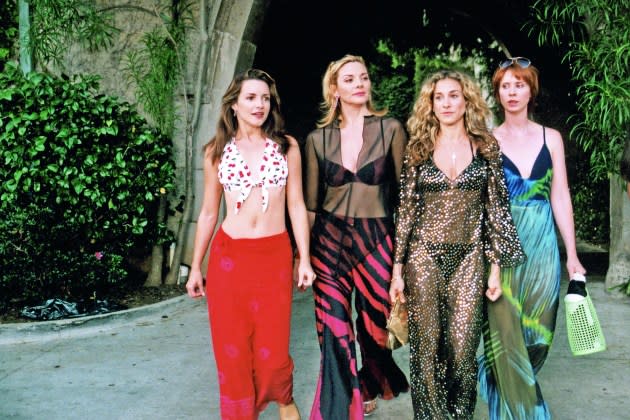
“TV is everyone’s house stylist — you get comedy, drama and fashion advice thrown in for free,” says Hal Rubenstein, the veteran fashion editor whose latest book, “Dressing the Part” (Harper Collins), discusses the impact of 50 of television’s most stylish shows.
Rubenstein’s breezy, photo-filled book surveys TV shows from the ’50s to today, focusing on some of the most trend-setting from recent years, including “Bridgerton,” “Emily in Paris” and “Gossip Girl,” along with classics “The Mary Tyler Moore Show,” “Dynasty,” “Miami Vice” and “Sex and the City,” and more unexpected entries, such as 1982 PBS Evelyn Waugh adaptation “Brideshead Revisited,” which the author surmises could have influenced Ralph Lauren’s first multipage advertorial that bowed the same year, shot by Bruce Weber.
More from WWD
Bad Bunny Brings Casual Style to 'The Tonight Show Starring Jimmy Fallon' Ahead of 'SNL'
All the Disney Night Costumes on 'Dancing With the Stars' Season 32
And indeed, the power of TV has continued to grow since Rubenstein finished the draft of his book, with “Euphoria,” “Wednesday” and “The Morning Show” inspiring designers, trends, TikTok challenges and brand collaborations.
“TV has never been more important culturally in people’s lives, especially when you realize how hard it is to get people into the movie theaters because everybody’s home binge-watching everything. They’re watching new stuff, they’re watching old stuff…you realize with the passing of Matthew Perry from ‘Friends,’ all these TV shows are getting second, third, fourth lives,” Rubenstein said.
The former style director of InStyle magazine took his first fashion cues from TV. “When I was a kid, I was crazy about Dick Van Dyke. I just kind of was built like him — tall and gangly — and tripped over things like he did. And I always remembered at the end of the show, it said, ‘Dick Van Dyke’s clothes made by Botany 500.’ And I made my father take me up to the Botany 500 warehouse to get a suit. I was like 13 or 14, the first suit I got after my bar mitzvah suit.”
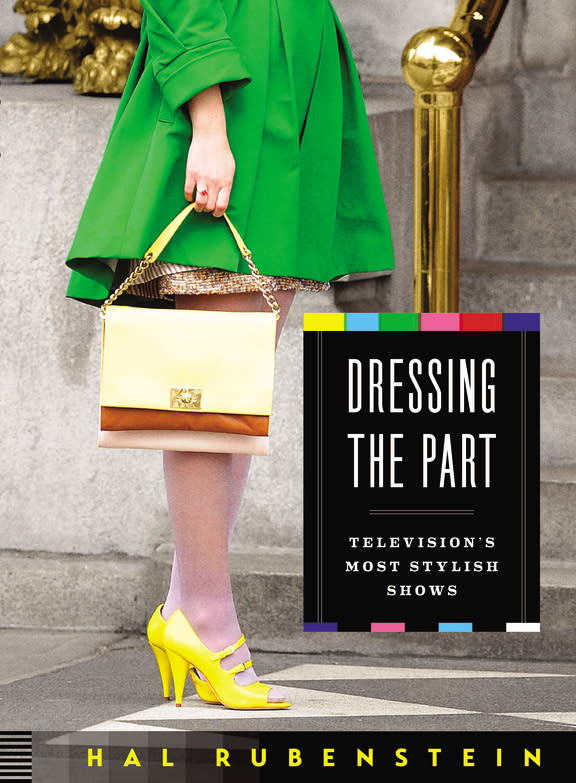
Here, WWD chats with Rubenstein about the book, and how TV costumes have helped influence trends and expand the scope and reach of style.
WWD: I love that you talk about “The Dick Van Dyke Show” because I didn’t realize that Mary Tyler Moore’s Capri pants were so scandalous, and that network execs were actually concerned about their, ahem, cupping?
Hal Rubenstein: Yeah, when we remember everybody else was dressed like Donna Reed in the shirtwaist with the crinoline underneath or June Cleaver in the kitchen with high heels. And Mary Tyler Moore said, you know, something, I don’t wear that at home.
WWD: Across her three shows, Moore was really influential as a TV fashion inspiration. I was interested to read you write about “The Mary Tyler Moore Show” costume designer Leslie Hall making a product placement deal with Evan-Picone to supply her entire wardrobe.
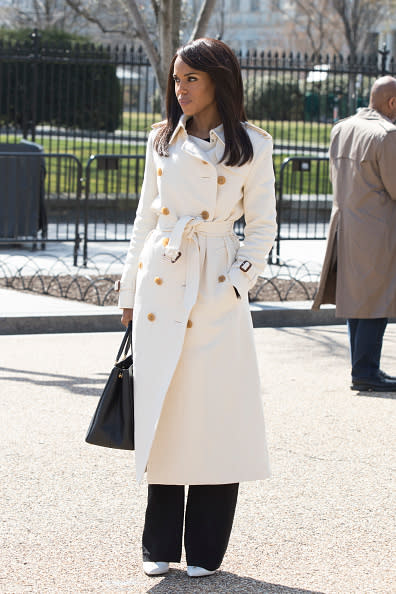
H.R.: That was the first product placement deal on TV, and consequently set the pattern. It’s when you realize the impact of people watching, the fact that Tory Burch had to keep that white trenchcoat in her store for seven years because Olivia Pope wore it every week on “Scandal.”
WWD: You also write about how TV has played a part in bringing Black style out front, whether that’s on “The Fresh Prince of Bel-Air” or “Soul Train.”
H.R.: On “Fresh Prince,” Will Smith legitimized streetwear because it was something you thought was only hip-hop, but in reality, everyone was dressing that way. Equally important was the fact it was about this rich African American family who dressed very Ralph Lauren/J.Crew. And if you were gonna go out to a club dancing in the ’70s, you took your cues from “Soul Train,” how to dress, how to look and how to dance. I was glued to that set on Saturday morning and so was everyone else I knew.
WWD: You draw a line from the popularity of “RuPaul’s Drag Race” to the flamboyance of men’s fashion today, particularly as seen on young stars on the red carpet.
H.R.: Right now, I think it is the most influential style show on television. When you look at Timothèe Chalamet in a red sequined backless jumpsuit, or Jimmy Allen wearing a yellow sequined tuxedo jacket, Brad Pitt in a skirt, Ryan Reynolds in a lavender suit. “RuPaul’s Drag Race” blurred the lines as to who can be a peacock. Especially when you go back to “Bridgerton” and you realize how men dressed then and that it’s been only in the last 100 years that women have had the sole spotlight in terms of fashion.
WWD: When you think about the fashion world starting to pay attention to television and wanting to collaborate, “Sex in the City” was a bellwether, but you also talk about “Gossip Girl” finally getting Chanel to loan clothes, that was a moment, too.
H.R.: Well, what happened was Eric Daman, who used to work for Pat Field at “Sex and the City,” what he did on “Gossip Girl” became so influential that fashion houses were sending clothes unsolicited, boxes of Givenchy and Burberry, hoping that Blake Lively and Leighton Meester would wear them. Instyle.com used to do a thing online the next morning about what everyone was wearing on the show and where to get it.
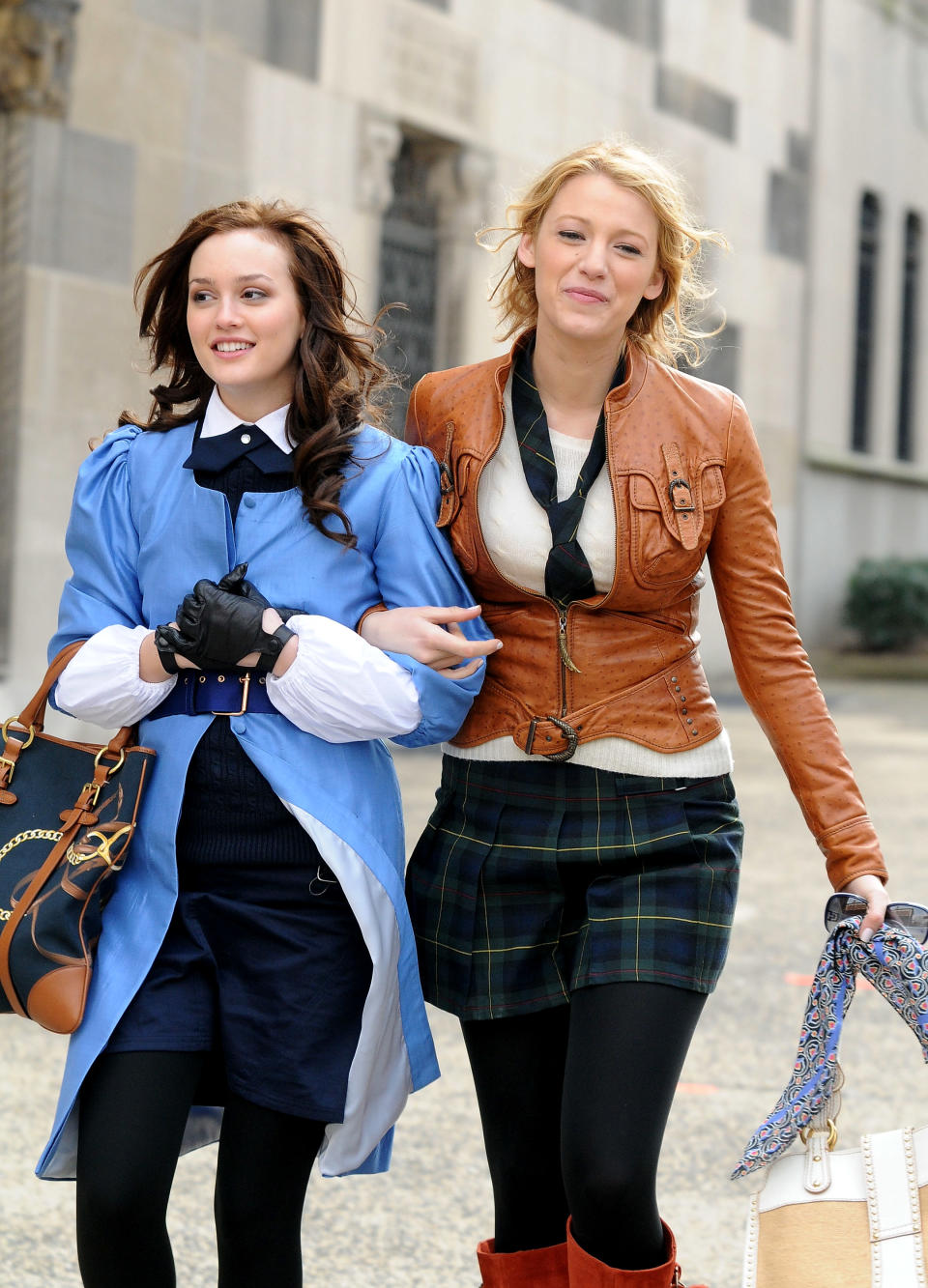
WWD: It was influential right away.
H.R.: And it works both ways. When you look at “Bridgerton,” as I wrote, after the first season there was a 71 percent increase in search for corsets online, and a 150 percent increase in searches for Empire waist dresses online. And honestly, if you look at the collections that came down the runways in Paris and Milan after, they were full of corsets.
WWD: Your section about “Miami Vice” suggests the show really helped make Miami a style destination in the ’80s and beyond, right?
H.R.: Well, the funny thing is, and this is actually not in the book, when “Miami Vice” first came out, I went down for Interview Magazine to find out if the show really reflected the look of Miami. And I was regularly going down there by then, I bought an apartment there actually during the run of the show. And no, it did not reflect Miami. Everybody was wearing Ralph Lauren polo shirts. But what those costume designers did was create a pastel paradise, with the linen jackets and the T-shirts and Versace…and actually most of it was Hugo Boss, but Hugo Boss was doing Versace. But I watched the city literally change week by week, month by month, as they were painting buildings at a furious pace. The city reinvented itself to look like that TV show because people were coming down there looking for the same thing. In the same way, “Sex and the City” changed the way Americans looked at New York City.
WWD: The same with “Emily in Paris” and the way it glamorizes Paris.
H.R.: It’s funny, because the French take umbrage at it and people say, “Come on, it’s not real.” She’s wearing tulle thigh-high boots, what kind of reality is that? It’s not supposed to be real, it’s the Paris Americans dream about.

WWD: Circling back to “Friends,” which I’ve been rewatching, I think during its first run in the late ’90s was the first time I remember a website launching to try to help viewers get the look of what they were wearing on TV immediately.
H.R.: What Debra McGuire did was a tricky thing because these were not supposed to be fashion plates. They were just basically young, cool New Yorkers all living in apartments that none of us could ever afford. So they weren’t going to show up in designer fashion but you still wanted them to look cool, so it was an interesting way to source materials. And then on top of that, and I think this is the magic of what costume designers do, is you have these six people who are basically almost in every scene together and they all have to look distinct.
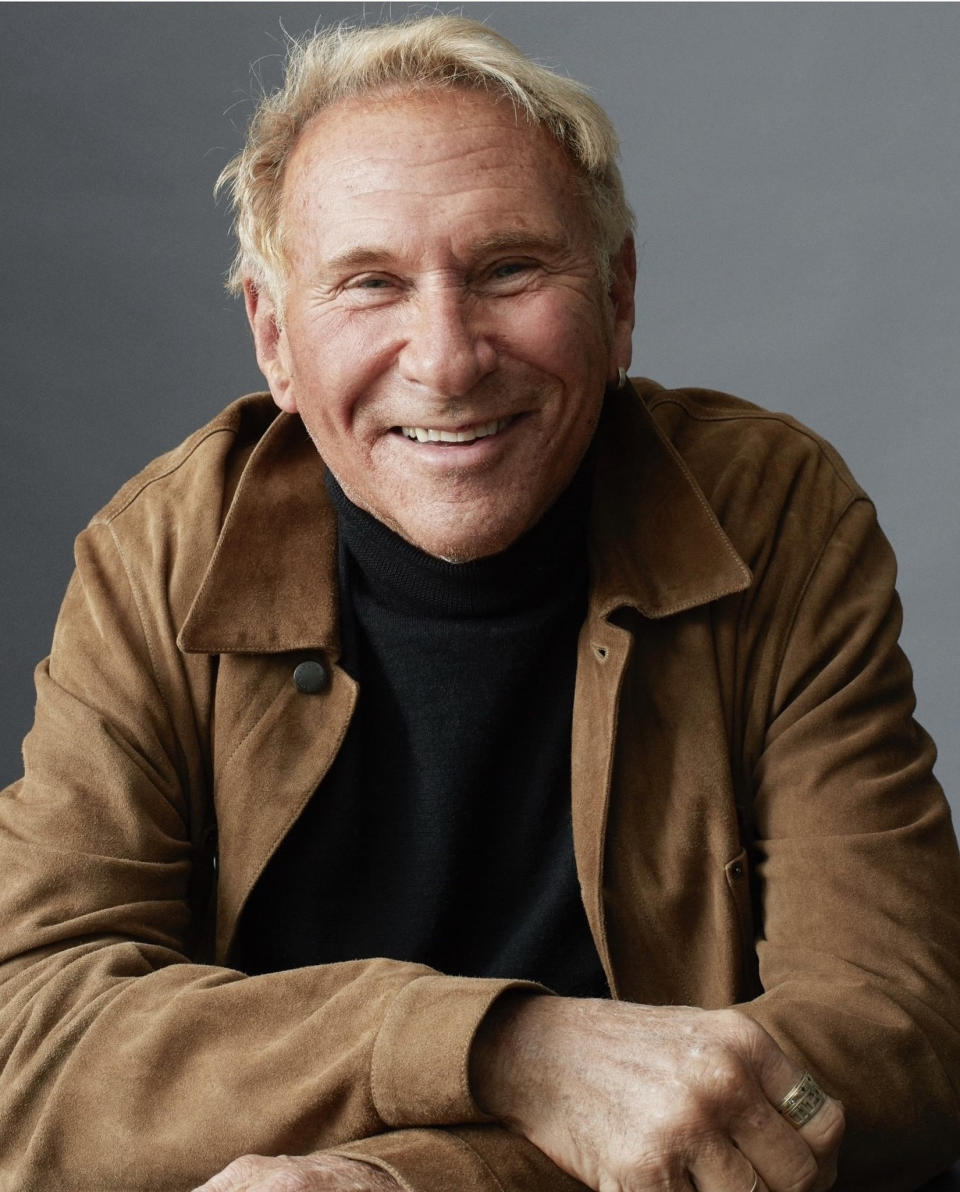
WWD: It’s particularly fun to look back at the show now that there is so much nostalgia for late ’90s and early Aughts fashion.
H.R.: It is — and no one’s ever given TV costume designers their due. What Debra McGuire and Lyn Paolo, Ellen Mirojnick and Bob Mackie did is remarkable. What Mackie did with Carol Burnett is almost more remarkable than what he did with Cher because who looks like Cher? Carol Burnett is not a classic beauty, but he dressed her up every week in sequins and stylish clothes and told American women they could be beautiful, too. In my section on “The Mindy Project,” I write about how Salvador Pérez convinced Mindy Kaling she was beautiful because she didn’t think she was. It’s not designing clothes, you have to design clothes to fit a character, you have to tell the viewer so they can remember what each one of these characters are, who each one of these people are. And they’re partially defined by their dialogue, but they are also defined by how they look and how they dress.
Best of WWD

